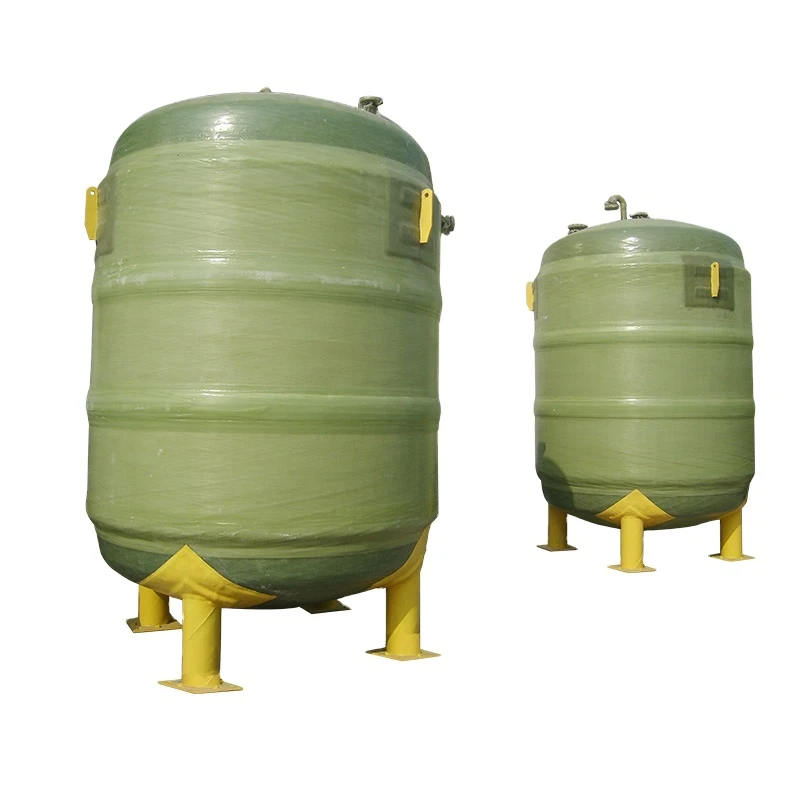Fiberglass FRP panels are revolutionizing the building and construction industry, offering significant advantages through their unique properties and diverse applications. These panels, combining the durability of fiberglass with the versatility of reinforced plastic, bring unparalleled benefits in various sectors, enhancing both functional and aesthetic aspects of modern architecture and design.

First and foremost, fiberglass FRP panels are lauded for their exceptional durability and strength. Composed of tightly woven fiberglass layers embedded within a plastic matrix, these panels resist impacts, scratches, and wear far more effectively than traditional materials. This durability ensures that installations maintain their structural integrity and appearance over time, minimizing maintenance costs and maximizing the lifespan of any project. Experts in construction emphasize the importance of this strength, particularly in environments subject to extreme weather conditions or heavy usage, where conventional materials might falter.
In addition to durability, fiberglass FRP panels boast impressive resistance to environmental factors. These panels are inherently resistant to moisture, chemicals, and ultraviolet rays, making them ideal for both indoor and outdoor applications. This resistance contributes to their longevity, safeguarding against common issues such as corrosion, rotting, and fading. Facilities in coastal areas or places with harsh climates benefit greatly from these panels, as they maintain their new-like condition for much longer than other materials. Industry professionals often highlight this resilience as a pivotal factor in choosing fiberglass FRP panels for roofing, cladding, and facade enhancements.

The installation of fiberglass FRP panels is another area where these products excel. Thanks to their lightweight nature, handling and installation are markedly less labor-intensive compared to traditional materials like concrete or steel. This contributes to faster project completion times and reduced labor costs, making fiberglass FRP panels an economical choice. Engineers and architects often discuss the ease of customization that these panels provide, as they can be cut, drilled, and shaped on-site without the need for heavy machinery, allowing for creative design solutions and tailored applications in real-time.
fiberglass frp panel
From an aesthetic standpoint, fiberglass FRP panels offer a vast array of design possibilities. Available in numerous colors, textures, and finishes, they can mimic the appearance of more costly materials while delivering superior durability. This versatility makes them an attractive option for architects aiming to create visually appealing structures that still meet stringent performance criteria. The ability to produce panels with various visual effects has allowed designers to experiment with innovative architectural concepts not feasible with more traditional materials, increasing the overall artistic value of projects while adhering to functional requirements.
Industry credibility is further established through compliance with rigorous safety and environmental standards. Fiberglass FRP panels are non-toxic, non-combustible, and meet stringent fire safety ratings, making them a safe choice for a wide range of applications. Environmental sustainability is another hallmark, as these panels are often manufactured using recycled materials and are fully recyclable at the end of their life cycle, aligning with global green building initiatives.
The applications of fiberglass FRP panels are vast, ranging from commercial and residential buildings to industrial settings and public infrastructure projects. They are frequently used in the construction of bridges, high-rise buildings, and transportation hubs due to their lightweight, high-strength nature. In interior settings, they serve as excellent wall partitions, ceiling tiles, and decorative elements that enhance indoor air quality due to their resistance to mold and mildew. Industry leaders continually explore innovative uses of these panels, developing new composite formulas to extend their functionality and performance envelope even further.
In conclusion, the rise of fiberglass FRP panels within the construction and design sectors is a testament to their unmatched combination of strength, versatility, and aesthetic appeal. Backed by a wealth of expertise and authoritative industry practice, these panels stand as a trustworthy solution for modern architects and builders aiming to create structures that withstand the test of time. As advancements continue, the role of fiberglass FRP panels is set to expand, contributing to a future of sustainable, durable, and aesthetically pleasing architectural achievements.




